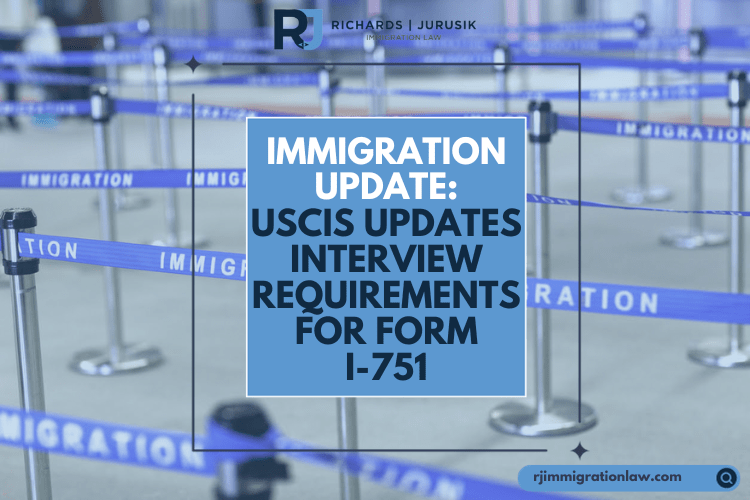The H-1B visa program has long been a gateway for skilled workers from around the globe to enter the United States, particularly benefiting industries such as technology, engineering, and healthcare. However, the lottery system determining who gets an H-1B visa has undergone significant changes to make the process more equitable and transparent. Starting with the Fiscal Year (FY) 2025 initial registration period, the United States Citizenship and Immigration Services (USCIS) introduces a beneficiary-centric process. This blog post goes into the impact of this policy change, comparing it with the old system, and explores how it aims to reduce fraud while ensuring a fairer selection process.
The Old System: A Brief Overview
Previously, the H-1B lottery process was registration-based, where employers submitted registrations for each beneficiary they wished to sponsor for an H-1B visa. This system allowed for multiple registrations for the same beneficiary by different employers, which increased the chances of selection for some beneficiaries over others. It was criticized for potentially enabling abuse and manipulation, as larger companies with more resources could submit multiple applications, skewing the selection process in their favor.
The New Beneficiary-Centric Process
The significant shift in the FY 2025 H-1B registration process introduces a beneficiary-centric approach. Here’s what it entails and how it differs from the old system:
Key Features
- Unique Beneficiary Selection: Under the new system, selections will be made based on unique beneficiaries rather than by registration. This means that each beneficiary’s chance of being selected depends on the number of registrations submitted on their behalf.
- Mandatory Passport or Travel Document: Registrants must now provide each beneficiary with valid passport information (or a valid travel document). This document must be the one the beneficiary intends to use to enter the U.S. if issued an H-1B visa.
- One Registration per Passport: Each beneficiary can only be registered under one passport or travel document, further emphasizing the individual-focused approach of the new system.
Impact on Fraud Reduction and Fairness
By requiring unique identifiers (such as passport information) for each beneficiary and limiting registrations to one per beneficiary, the USCIS aims to reduce the potential for fraud drastically. This system prevents employers from flooding the lottery with multiple applications for the same beneficiary, thereby leveling the playing field. Every applicant now has an equal chance of selection, regardless of the number or size of employers submitting on their behalf.
Comparison with the Old System
The old system’s registration-based approach allowed for multiple submissions per beneficiary, which could lead to a disproportionate likelihood of selection for those with multiple entries. The new beneficiary-centric system corrects this imbalance by ensuring a one-application-per-person rule, irrespective of the employer or the number of submissions. This change is expected to foster a more merit-based and equitable process, aligning the lottery more closely with the program’s original intent of attracting skilled workers based on their qualifications rather than their employers’ ability to submit multiple applications.
Looking Forward
This policy change reflects USCIS’s ongoing efforts to modernize and improve the integrity of the H-1B program. By making the process more transparent and equitable, the agency aims to ensure that the H-1B visa remains a valuable tool for bringing skilled workers to the U.S. while also safeguarding the system against abuse.
For potential H-1B beneficiaries and their employers, this change means adapting to a new registration process that requires careful attention to passport and travel document information details. It’s also a reminder of the importance of fairness and integrity in the visa allocation process, emphasizing the value of each individual’s contribution to the U.S. workforce.







